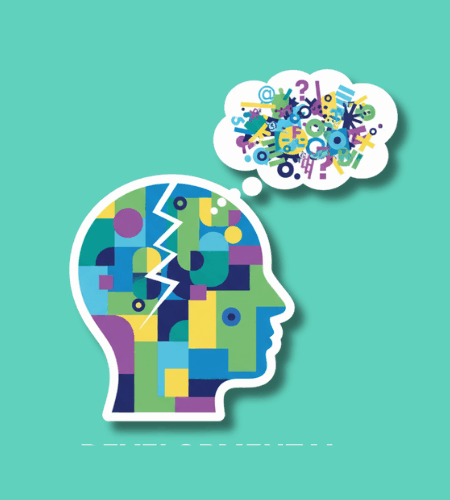The Developmental Language Disorder Awareness Day is observed on 17 October 2025, a Friday, as part of a practice of holding it on the third Friday in October. This day is dedicated to raising awareness of Developmental Language Disorder (DLD)—a hidden but common disorder that affects people’s ability to understand and use language even without obvious hearing loss or intellectual disability. 1
Table of Contents
History of DLD Awareness Day
The term Developmental Language Disorder replaced older labels like Specific Language Impairment around 2017, to better reflect that the condition is a long‑term difficulty in language processing with no known cause. Since then, advocates and professionals worked to establish a global awareness day. Every year, dozens of countries take part by lighting buildings, sharing stories, and promoting understanding of DLD.
Over time, DLD Awareness Day has grown into a coordinated global event. Campaigns are organized by groups like RADLD, schools and speech‑language therapy communities collaborate, and the visibility of the condition increases. Its growth shows the need to make the seemingly “invisible” struggles of people with DLD more visible and respected.
Why DLD Awareness Day is important
Many individuals with DLD are misunderstood because their difficulties are not obvious—they might appear to converse normally, but they struggle to express thoughts, understand complex instructions, or follow multi‑step language. This often leads to misjudgments: people assume they’re inattentive, uninterested, or underperforming. Raising awareness through this day helps shift perceptions and foster patience, empathy, and better support.
Early recognition and appropriate interventions can change life paths. With the right accommodations in school, therapy, and communication practices, people with DLD can thrive. The awareness day encourages communities—educators, parents, clinicians—to learn how to spot DLD, support language development, and create inclusive environments.
Some key reasons to mark this day
- It gives voice to a condition often hidden from view
- It helps standardize understanding and terminology
- It reduces stigma and mislabeling of language difficulties
- It encourages early identification and support
- It emphasizes that people with DLD deserve understanding, not judgment
How to Observe DLD Awareness Day
Awareness doesn’t require grand events. You might begin by posting factual, empathetic information about DLD on social media—share how it affects communication and that it often goes unseen. Use the official theme and colors (purple & yellow) to tie posts together and reach more people. In schools or communities, consider holding a short workshop, a poster display, or a talk by a speech‑language pathologist to inform others about DLD.
If you work with children or in education, use the day to reflect on how instructions and communication are given: break down steps, check comprehension explicitly, use visuals, slow down speech, or rephrase. Even small adjustments can make a big difference. If possible, collaborate with local organizations to host an awareness event—light up a building, distribute flyers, or invite storytellers with lived experience.
Some practical actions:
- Share a fact or personal story about DLD
- Host a brief talk or info session in school or community
- Adjust how you speak—use clearer, simpler steps
- Use purple and yellow in displays or on clothing
- Share resources or posters that explain DLD
Subscribe to our newsletter and never miss a holiday again!

